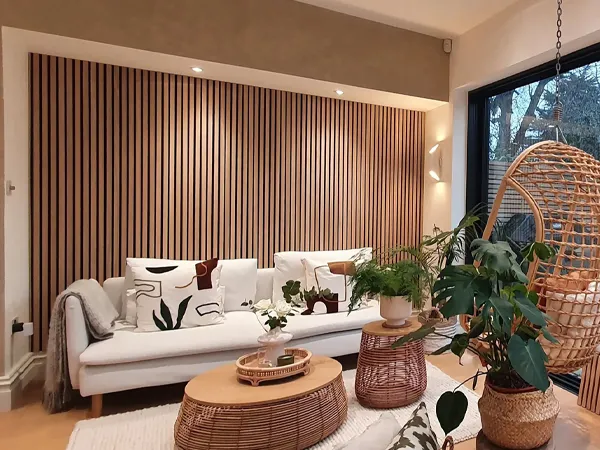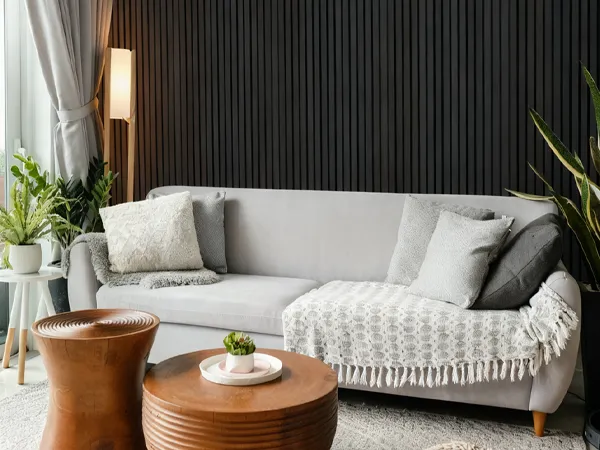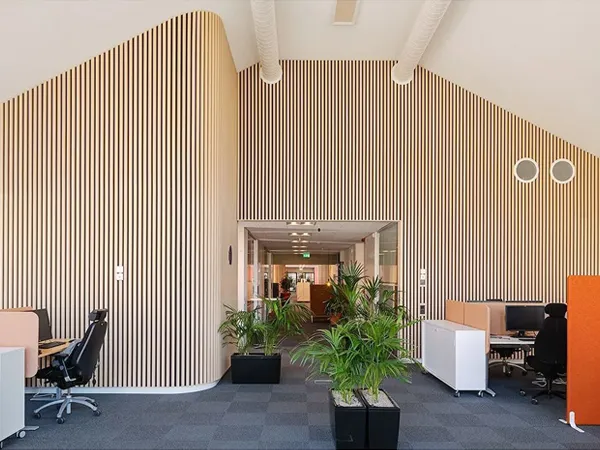
Acoustic wall panels have become an essential solution in modern architecture and interior design, offering effective noise control and improved acoustic performance. They not only reduce unwanted noise but also enhance the overall sound quality and comfort of indoor environments.
The effectiveness of acoustic wall panels lies in how they interact with sound waves. When sound waves hit the panel surface, part of the sound is reflected, while the rest penetrates the material. This process helps minimize echoes and background noise.
High-frequency sounds are more easily absorbed, while low-frequency sounds tend to penetrate deeper, requiring panels with higher density or specialized materials for better attenuation.
As sound waves travel into the panel, they cause microscopic vibrations within the material and surrounding air molecules. These vibrations convert sound energy into heat energy, reducing the amount of sound that bounces back into the room. The material composition and thickness of the panel directly influence this conversion efficiency – thicker or multi-layered panels typically provide superior sound insulation.
Effective acoustic design depends on understanding the balance between sound absorption, reflection, and diffusion:
An ideal soundproof panel design prioritizes absorption while maintaining controlled diffusion for clearer, more natural sound quality.
Acoustic wall panels are widely used in home theaters, offices, conference rooms, classrooms, and recording studios. They effectively enhance sound clarity, reduce external noise interference, and improve comfort. In commercial environments such as restaurants or hotels, they help create quieter, more pleasant spaces, contributing to better user experiences and higher productivity.



Through efficient energy conversion and precise acoustic control, acoustic wall panels play a vital role in modern interior environments. Understanding their working principles allows designers and homeowners to choose the right panel type and configuration, achieving both functional soundproofing and aesthetic harmony in any space.